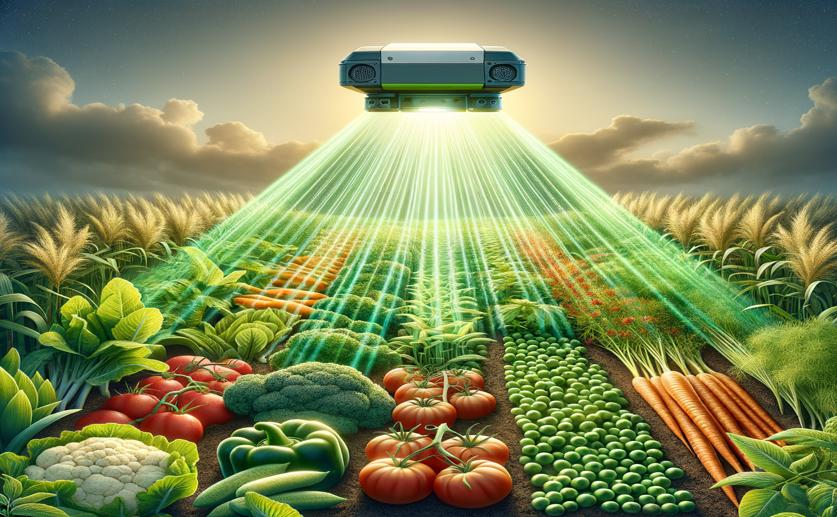
Predicting Vegetable Crop Height and Size Using Advanced LiDAR Technology
Jenn Hoskins
29th June, 2024

Image Source: Natural Science News, 2024
Key Findings
- The study by the Indian Institute of Space Science and Technology used LiDAR point clouds and a hybrid deep learning model to predict crop height and crown area for tomato, eggplant, and cabbage
- The hybrid model, combining LSTM and GRU, achieved around 80% accuracy in predicting plant height and crown area, with error rates for height prediction ranging from 5 to 12%
- The model was particularly effective during early and mid-growth stages but showed lower prediction quality at advanced growth stages, indicating a need for further refinement
VegetablesAgriculturePlant Science
References
Main Study
1) Deep learning-based prediction of plant height and crown area of vegetable crops using LiDAR point cloud.
Published 28th June, 2024
https://doi.org/10.1038/s41598-024-65322-8
Related Studies
2) Multi temporal multispectral UAV remote sensing allows for yield assessment across European wheat varieties already before flowering.
3) Hyperspectral imaging combined with machine learning as a tool to obtain high-throughput plant salt-stress phenotyping.
4) Machine learning for high-throughput field phenotyping and image processing provides insight into the association of above and below-ground traits in cassava (Manihot esculenta Crantz).



 15th April, 2024 | Jim Crocker
15th April, 2024 | Jim Crocker